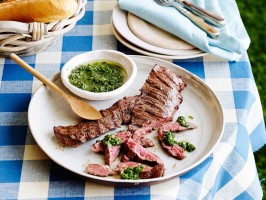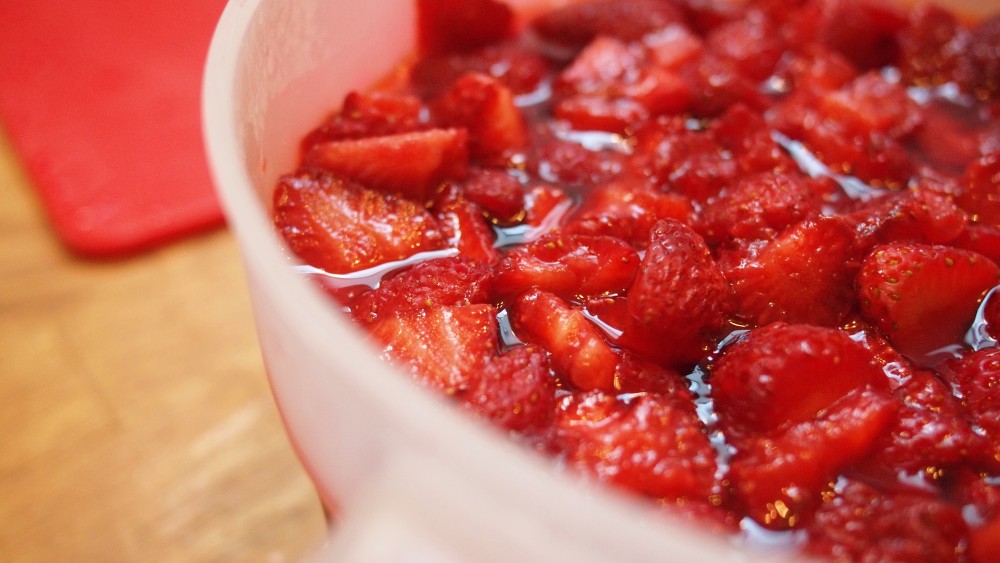by Alexandria Ross
Growing up in Wisconsin allowed little to no exposure to the mint julep. While the bourbon culture is prominent in that region, it wasn’t until a few years ago that I had my first taste of that centuries-old Southern cocktail so celebrated during the Kentucky Derby and across the United States on National Mint Julep Day (May 30).
While we certainly know that the julep’s origins are rooted in the South, it’s specific inventor(s) have never been brought to light. Mentions of the mint julep appear in literature as early as 1784, where it was cited as a remedy for nausea…which may seem surprising, until we look at its name. “Julep” has Persian roots meaning “rose water,” which, hundreds of years ago, was a popular form of medication. The mint leaf’s healing properties are no secret, and the muddling process included in crafting the julep helps release even more of the plant’s essential oils and enhances the flavor.
Kentucky Senator Henry Clay had a significant role in spreading the sweet, boozy creation across U.S. soil, bringing the mint julep to the Round Robin Bar at the famous Willard Hotel in Washington, DC. The drink gained even more attention when Frederick Marryat, a British captain, praised it in his 1840 book "Second Series of A Diary in America."
Up until the 19th century, the recipe had pretty much adhered to the same four ingredients: mint (usually spearmint), sugar, bourbon, and ice. However, during this time, people began opting for genever, an aged gin, in place of bourbon in their mint juleps. Jerry Thomas loaned even more variations to the recipe in the 1862 edition of "Bar-Tenders Guide: How to Mix Drinks" or The "Bon-Viviant’s Companion." Cognac, brandy, whiskey, and sparkling Moselle, a primarily white wine, found their place alongside the customary bourbon and gin formulas. Despite the range of recipe options, every mint julep was served in a silver or pewter cup to create a frosty surface.
In 1938, Churchill Downs and the Kentucky Derby began promoting the mint julep as the designated drink of the event. While the cocktail uses Early Times as its spirit, the official bourbon of the Derby happens to be Woodford Reserve, a 90.4-proof liquor made in Versailles, Kentucky. The race began offering extra premium mint juleps in 2006, composed of the following: imported Irish mint, Australian sugar, ice cubes made from Bavarian Alps spring water, and Woodford Reserve, served in gold plated cups. At $1,000 per drink, the proceeds go to various charitable causes.
I’ve found hands-on learning is the best for me, so the last part of my mint julep education was to take one for the team and make one of my own. Maintaining the original components, but adding a little taste of my own, I put a summery twist on the drink by adding some strawberry into the muddling process. I also used simple syrup in place of just sugar and added mint to the mixture during the heating process. After about an hour of sticky experimenting, I finalized the recipe. Enjoy!
Strawberry Mint Julep
1 cup ice
1 cup sugar
1 cup loosely packed + a few extra mint leaves
2 strawberries
1/2 cup ice
2 shots bourbon
1. Heat the water, sugar, and 1 C mint leaves on medium high until boiling for 1-2 minutes. Strain into a container and cool in refrigerator for about an hour.
2. Slice one strawberry and add to glass with 2 mint leaves. Muddle until they’re mashed to your liking.
3. Add ice, 1/4 minted syrup, and bourbon. Mix well.
4. Garnish with the rest of the mint leaves and second strawberry.












